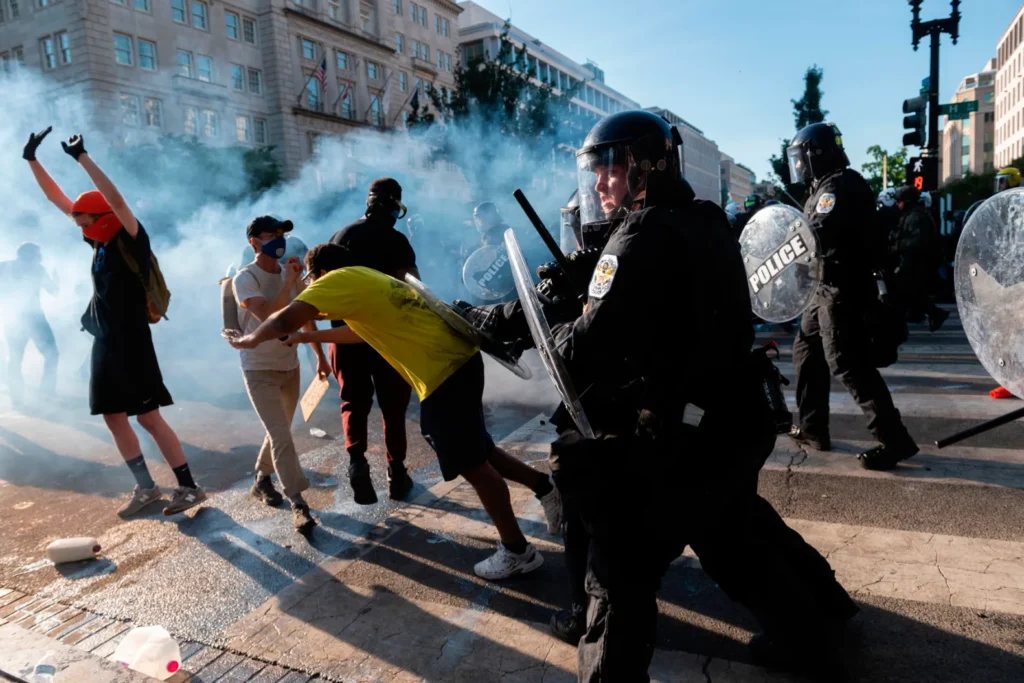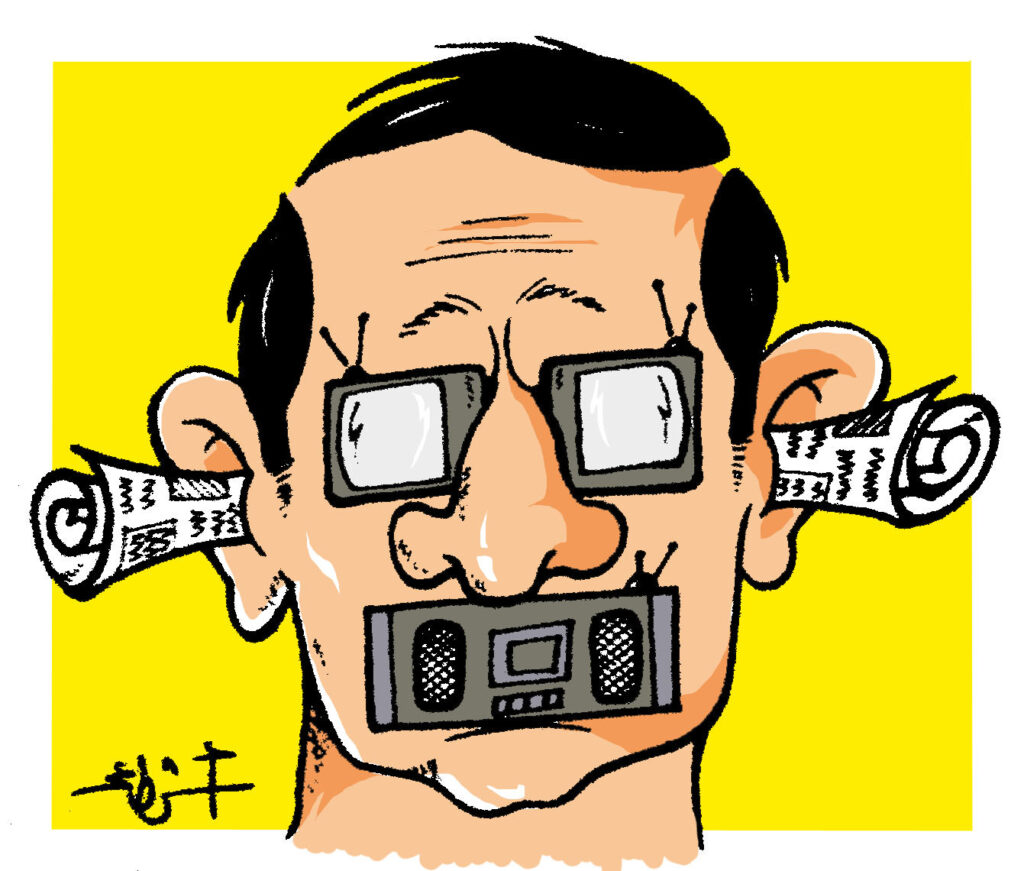1.What is a Repressive State Apparatus? Why does Althusser call it “repressive”? Can we explain his choice of words here? Give an example.
*According to Althusser, the term “RSA” (Repressive State Apparatus) refers to organizations or systems that generally operate by using coercion and force. These establishments consist of courts, prisons, the military, law enforcement and other legal systems. They are known as “repressive” because they uphold a social order by disciplining or repressing people, or groups who oppose state authority through the use violence or the threat of it. In the video Althusser uses the word “repressive” because these institutions are used to try and control people by using force, such as military or police action to stop protests, punishment like imprisonment, execution , or any other legal authority that upholds social control. External control- forces that suppress particular behaviors or actions, mainly through direct physical or legal means is the main focus. For example, An “RSA” would be the police in a dictatorship, by detaining and occasionally physically assaulting those who show or challenge authority, they prevent and penalize disapproval.
2.Let’s do the same for the Ideological State Apparatuses. What are they, how do they seem to work?
*The ideological State Apparatuses (ISAs), function mainly through ideology as opposed to force, in contrast to the repressive State apparatuses. These are organizations or frameworks that shape people’s opinions, values and beliefs to suit the objectives of governing class. Schools, the media, churches, family units and even the creation of art or culture are examples of ISAs, ISAsv exert influence by influencing people’s Consciousness and beliefs making particular ideas seem normal or invitable in contrast to RSAs, who maintain control through coercion or physical violence as stated before.
ISAs function by assisting people in internalizing the state’s norms and values. For instance, schools reinforce appropriate behavior for kids within the current social and economic structure in addition to teaching academic material. In order to convince people to accept their roles within the status quo, media outlets frequently propagate prevailing ideologies that defend and legitimize it. For example, the educational system is a traditional ISA. In addition to academic subjects, it teaches social norms and roles like hierarchy, obedience, and competitiveness. By influencing how people perceive their position in society, these values support the status quo without resorting to overt physical force.
3.How are the Repressive and Ideological State Apparatuses different from each other? What is the difference between the two?
*The differences between “ISAs” and “RSAs” is how they exercise control over people is the primary distinction between Ideological State Apparatuses (ISAs) and Repressive State Apparatuses (RSAs):
Physical force or coercion is the main way that RSAs (such as the police, military, and courts) operate. They exert control over people by punishing them or threatening to punish them for breaking the laws of the state. The objective is external repression in order to preserve order.
Schools, the media, and families are examples of ISAs that operate on the basis of ideology and beliefs. Without the use of physical force, they mold people’s perspectives and force them to share the values and beliefs of the state. By persuading people that the current social order is inevitable, normal, or natural, they uphold the status quo. In short terms RSAs act through direct power, while ISAs act through consent.
4.Post an example of ideology. This could be a piece of writing, an image, video, pdf document, visual art, or music, clip from a movie. Next to your example, specify if this is an example of repressive or ideological apparatuses at work.
*An Ideological Example: Is a movie called “The Pursuit of Happyness”, where the main character “Christopher Gardner” (Will Smith) battles poverty but is portrayed as succeeding due to his “right” work ethic, attitude, and determination. The movie reinforces the meritocratic ideology of capitalist societies by implying that determination, hard work, and individual effort can overcome all challenges. This is a representation of an Ideological State Apparatus (ISA) in action. Without addressing structural inequalities, the movie furthers the notion that success is entirely the product of individual effort, which is consistent with capitalist ideas of meritocracy and self-reliance. This reinforces the idea that the social system functions for those who “deserve” it.





